The End of the World: Charles T. Russell and Why the Jehovah's Witnesses Came to Brooklyn
Read Part 2 of this story. The Jehovah’s Witnesses have been making headlines in Brooklyn since they moved their headquarters here in 1909. Back then they were called the Watchtower Bible and Tract Society, led by a charismatic man named Charles Taze Russell. In the last five years, the Witnesses have been in the news…

Read Part 2 of this story.
The Jehovah’s Witnesses have been making headlines in Brooklyn since they moved their headquarters here in 1909. Back then they were called the Watchtower Bible and Tract Society, led by a charismatic man named Charles Taze Russell.
In the last five years, the Witnesses have been in the news for selling off an impressive portfolio of Brooklyn real estate — like the soon-to-be finished Dumbo Heights complex, 200 Water Street and 85 Jay Street in Dumbo.
But how did this all this come to be?
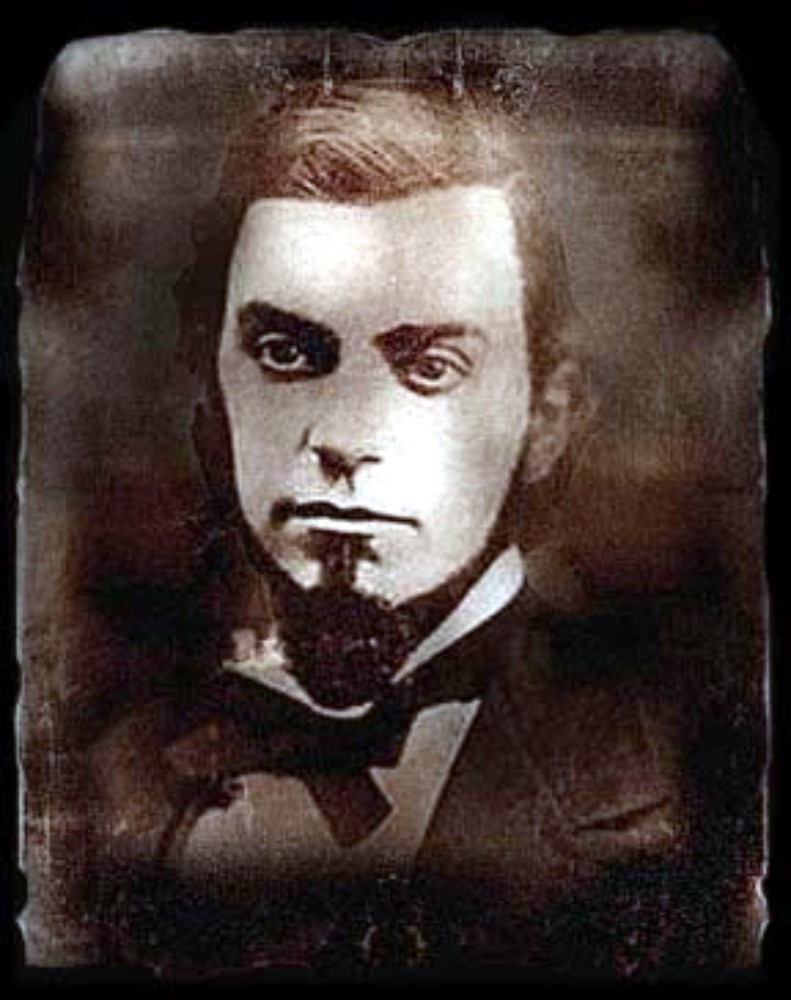
Charles Taze Russell and the New Millennium
Russell was born in 1852 in Allegheny, Pennsylvania, the son of Scots-Irish immigrants. Like many immigrants in that area, Russell’s father was involved in textiles.
By the time Charles was a teenager, the senior Russell owned several haberdashery shops in Pittsburgh, where they then lived. Already a persuasive salesman at 12, young Charles had taken charge of all of the contracts for the shops. By the time he was 18, he was running most of the family business.
An intense young man, he was known for being very interested in religion, and had taken to writing hellfire and brimstone Bible verses on fences and billboards around town.
But he had questions of faith. Before the age of 20, he had changed denominations several times and investigated other religions, but never found satisfactory answers to his questions. In 1870, he and other fellow seekers began a Bible study group.
They concluded that modern Christianity had strayed from true Biblical teachings, due to incorrect translations of important Bible verses and cultural pollution.
Russell joined Nelson Barbour, who had predicted Christ’s physical return in April of 1878. Russell sold his haberdashery business for a sizable sum of money, and spent two years of his life spreading the word of the Second Coming.
When Barbour’s prophesy did not come to pass, many followers left him. But Russell was positive that Barbour had only miscalculated the date, not the event. He searched the Scriptures and came up with a new timetable: Christ would definitely return in 1914.
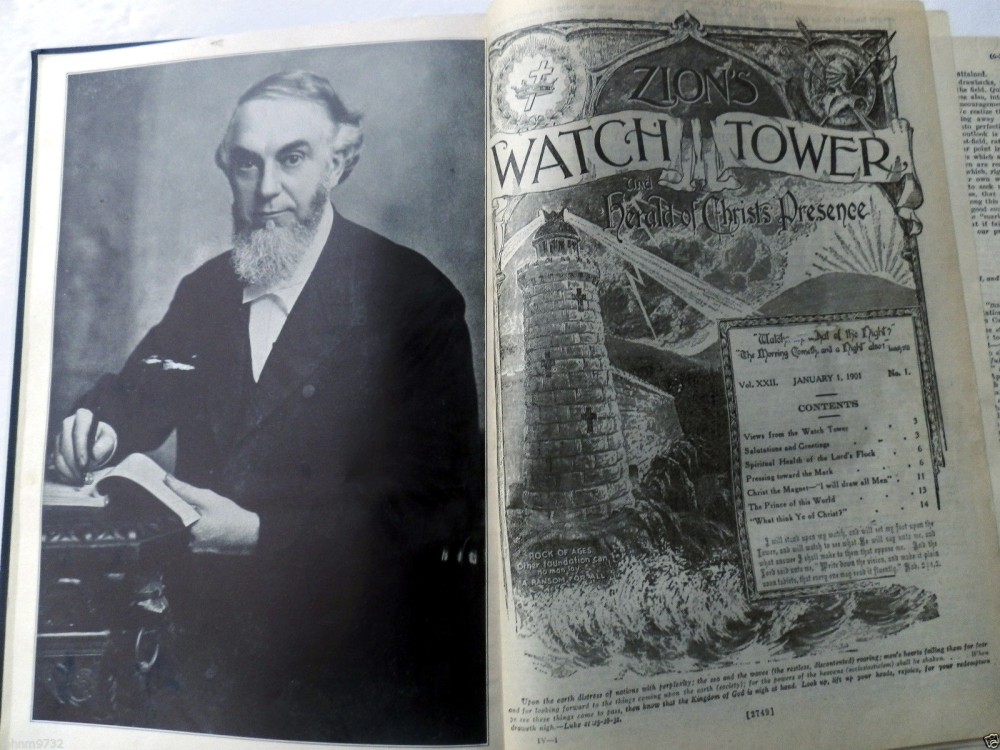
The Founding of the Watchtower Bible and Tract Society
Russell incorporated many of Barbour’s ideas as his own, and in 1881, Russell founded Zion’s Watchtower Tract Society. The name was officially changed in 1886 to the Watchtower Bible and Tract Society. Russell purchased a printing company in Allegheny, and the Watchtower Society began printing its translation of the Bible, periodicals and tracts.
By the 20th century, the Watchtower Society was well organized. Russell was its official pastor, an office to which he was annually elected. A new Board of Directors was established, and the organization had its own attorney, a zealous former judge named Joseph Franklin Rutherford.
Congregations had been established all along the Eastern Seaboard, and were rapidly growing westward, and internationally. In 1908, the Watchtower Bible and Tract Society had outgrown Allegheny and decided to move everything to Brooklyn, and set up its headquarters and printing operations here.
Brooklyn was chosen because it was a large, well-known city — the “City of Churches,” with a large religious middle class. Newspapers at the time printed and syndicated the sermons of Brooklyn’s best pastors, and Russell was determined to be one of them. After all, there wasn’t much time to waste.
As the Watchtower published in 1908, Brooklyn was “our most suitable center for the harvest work during the few remaining years.”
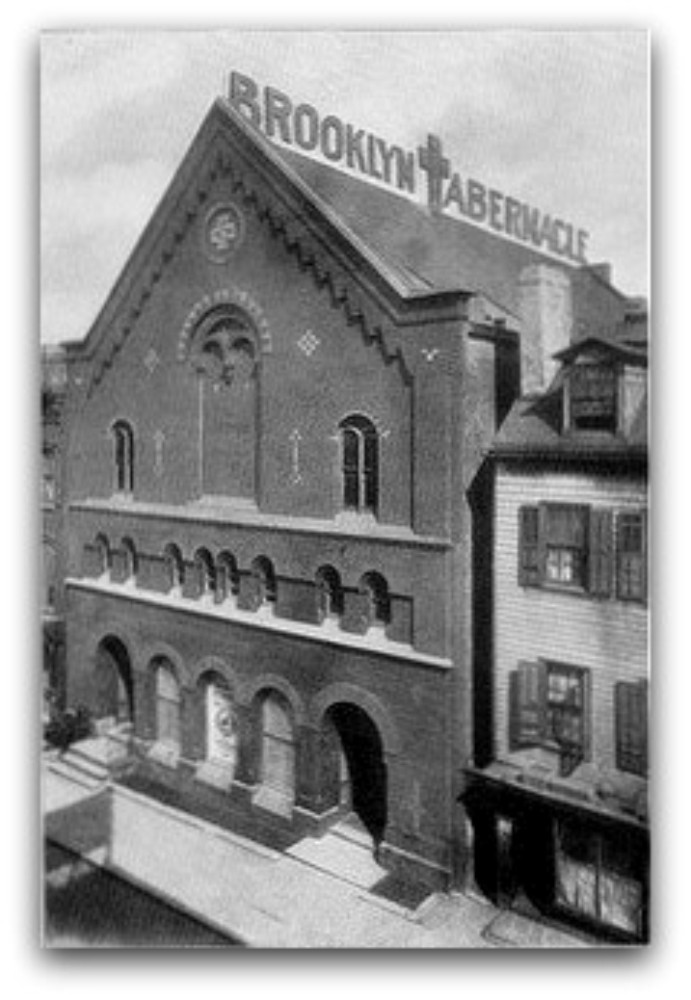
The People’s Pulpit, Pastor Russell and Brooklyn
Russell wanted to join the ranks of powerful Brooklyn preachers like the Revs. DeWitt Talmage, Richard Storrs and Henry Ward Beecher. He visited Brooklyn and found properties he wanted to buy in Brooklyn Heights.
One property was 13-17 Hicks Street, the former Plymouth Bethel, a branch of Henry Ward Beecher’s Plymouth Church. It had been established to minister to the factory and dock workers in the North Heights/Dumbo area.
They also picked up Beecher’s old mansion at 124 Columbia Heights, as well as its next-door neighbor, 122. Both were large five-story brownstones between Orange and Pineapple streets. The organization moved-in in 1909.
The church was renamed the Brooklyn Tabernacle, under a religious organization called the People’s Pulpit Association. It housed offices and a large auditorium upstairs, with shipping facilities downstairs.
The Columbia Heights houses became Bethel, both headquarters and housing. In 1910, a large seven-story printing factory/dormitory was built at 127-129 Furman Street, directly behind the houses.
The Watchtower Bible and Tract Society aka the People’s Pulpit Association, aka the Brooklyn Tabernacle — but not yet the Jehovah’s Witnesses — was ready to roll.
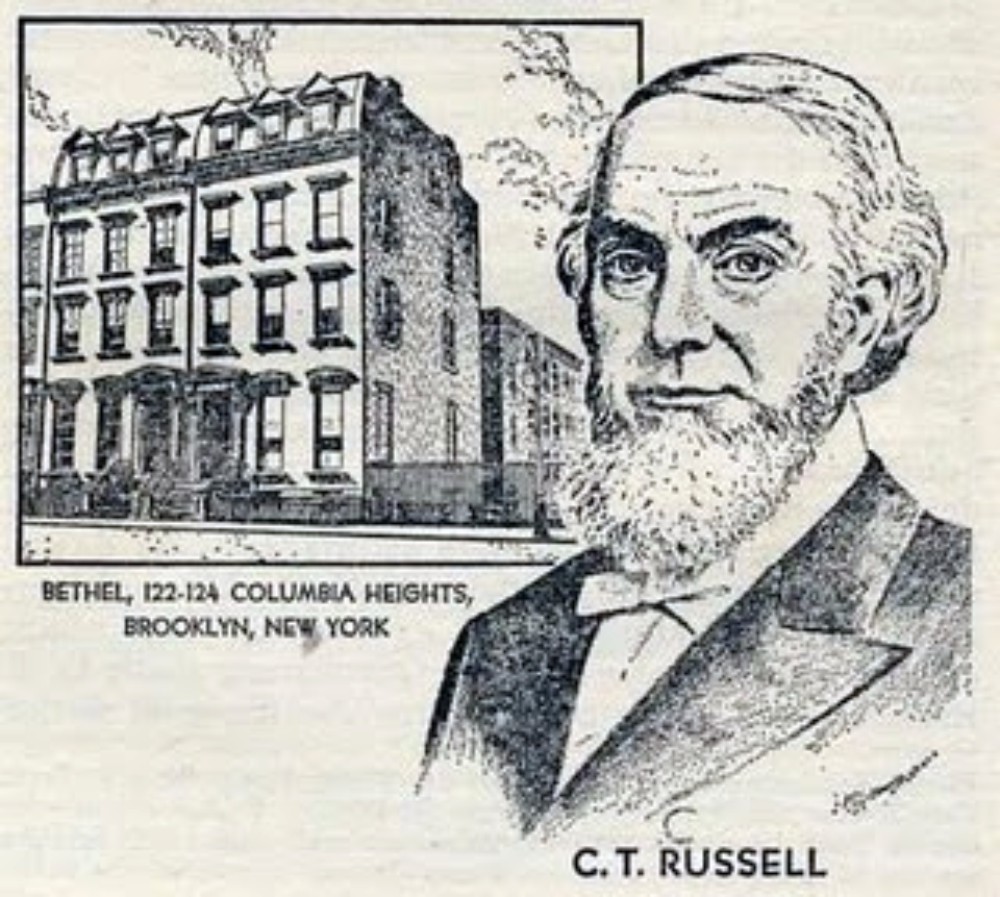
A Not-So-Warm Reception From the City of Churches
Pastor Russell and his Watchtower Society began holding lectures and services. But they were not embraced by the City of Churches, as Russell expected. Their message of a new Bible translation and the Second Coming was met with disbelief and scorn by Brooklyn’s established church leaders.
Russell preached a radical new theology. In it, their Bible was the only true translation, with no heaven or hell, no holidays like Christmas and Easter, and, most importantly, there was no Trinity – the backbone of traditional Christianity.
Russellites believed Jesus was sent from God, but he was not God. After death the soul went to sleep. The faithful would be awakened to join God’s heavenly kingdom on earth. And that day was coming soon – in 1914.
There was no hell for the wicked, as the souls of the damned would simply return to nothingness. All of this and more was tantamount to heresy for many traditional Christian denominations.
Many in Brooklyn Heights also looked with suspicion on the group’s real estate holdings. They had already angered many Heights residents in 1910 by building their seven-story Furman Street factory/dorm, which cut off the harbor views of the Hotel Margaret and surrounding properties. The Society did not even pay property taxes!
Ministers railed from their pulpits, Heights residents on the streets. And then there was the Brooklyn Eagle.
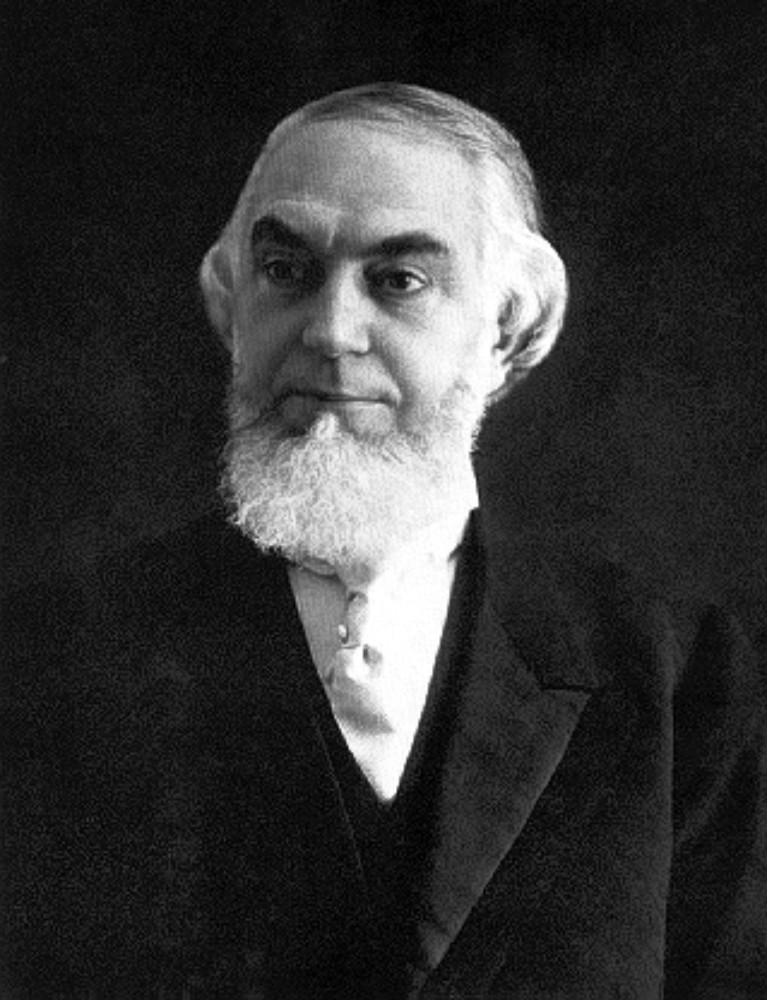
The Eagle, Miracle Wheat, the Lawsuit and the Legacy
To say the Eagle’s management did not like Russell would be an understatement. From the beginning, they called the Society a sect and a cult, not a church.
In 1911, The Eagle reported that Russell was bilking the public with “Miracle Wheat.” The Virginia grain was developed to be superior to regular wheat. Russell packaged it for sale as Miracle Wheat. It wasn’t.
The paper printed a number of scathing articles and cartoons. Russell was furious, and in 1911 sued the Eagle for slander and libel. The resulting trial brought up not only the issues with the wheat, but Russell’s personal life, the Society’s theology and its finances.
The Eagle boasted on the eve of trial that the case would show that “Pastor Russell’s cult was little more than a money-making scheme.” After a very long trial, Russell lost the case. The Eagle danced at his defeat.
In 1912, a minister in Hamilton, Ontario, sued Russell for defrauding the public and denounced his qualifications and legitimacy as a pastor. Russell countersued for libel.
The case brought out more discrepancies in Russell’s claims as a religious scholar: Russell re-translated the New Testament, yet neither spoke nor read Greek? The case ended with no decision and no award. Russell went back to Brooklyn.
The Armageddon of 1914
1914 arrived. The faithful waited for Christ’s return, but were instead greeted with the beginning of World War I. Russell interpreted this to mean that the Last Days were indeed approaching. There was no time!
He took to the road, preaching across the country. He was gone so often that his congregation in Brooklyn rarely heard him preach. Other leaders, especially Joseph Rutherford, began taking a more active role.
Russell was burning the candle at both ends. He got sick but kept going. As he passed through Texas on a train heading home to Brooklyn, he died — on October 31, 1916. He was buried in Pittsburgh. He was 64 years old, but with his Biblical long white beard he looked much older.
Joseph Rutherford was voted to succeed Pastor Russell. He transformed the Watchtower Society’s beliefs and practices so significantly that he changed the group’s name to Jehovah’s Witnesses to separate them from the teachings of the Russellites.
The early years of the religious group had an undeniable impact on the decades that followed. But it was under Rutherford that the real estate holdings of the Witnesses really grew, as the organization flourished both in Brooklyn and beyond.
Related Stories
Suzanne Spellen, aka Montrose Morris, Is Writing Brownstoner’s First Book
Witnesses Put Three Hot Sites on the Market in Dumbo and Heights, Sure to Get Bonkers Prices
This Massive Development Site — For Sale by the Witnesses — Will Utterly Transform Dumbo
Email tips@brownstoner.com with further comments, questions or tips. Follow Brownstoner on Twitter and Instagram, and like us on Facebook.
[sc:mailchimp-books ]

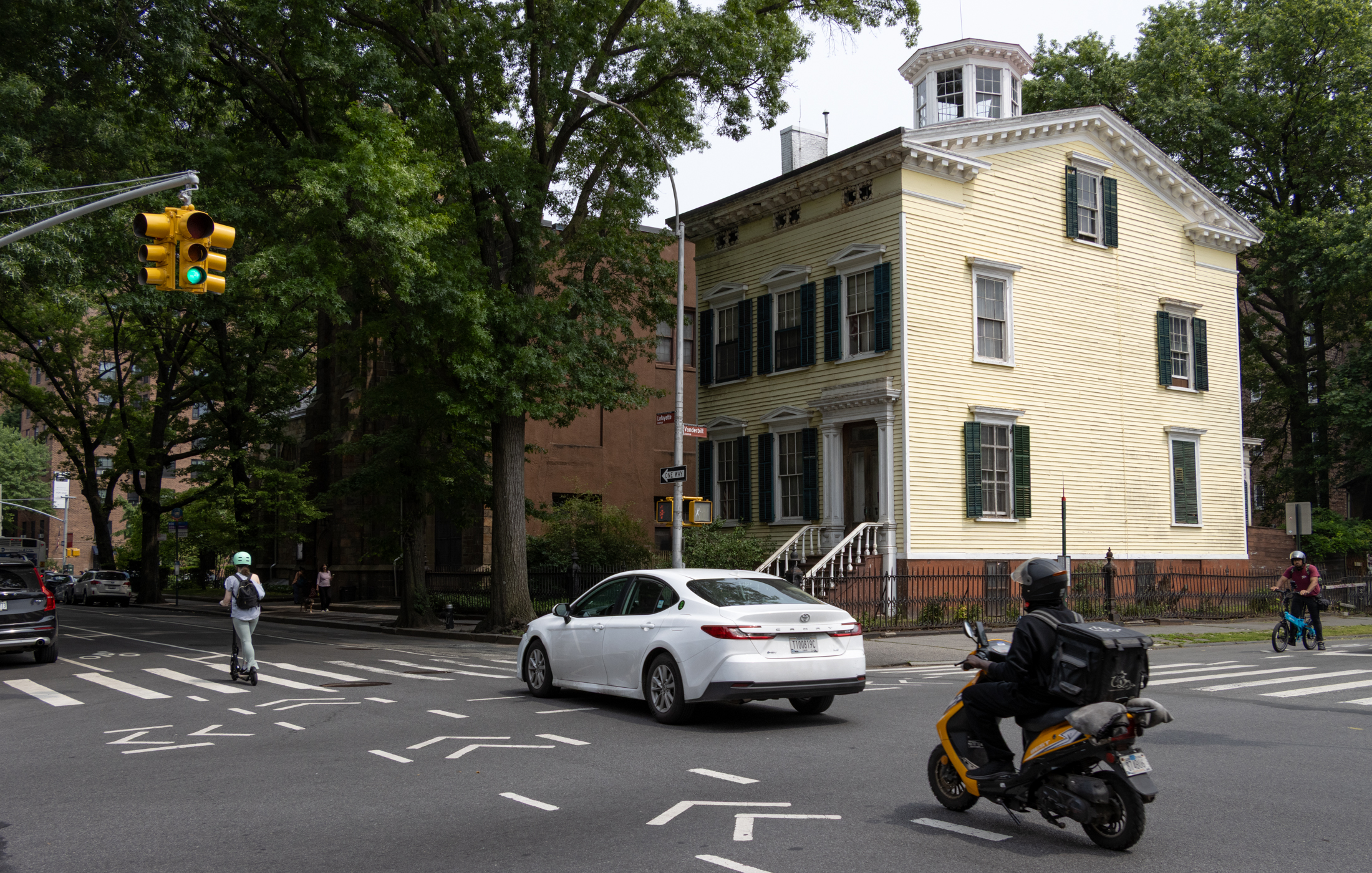
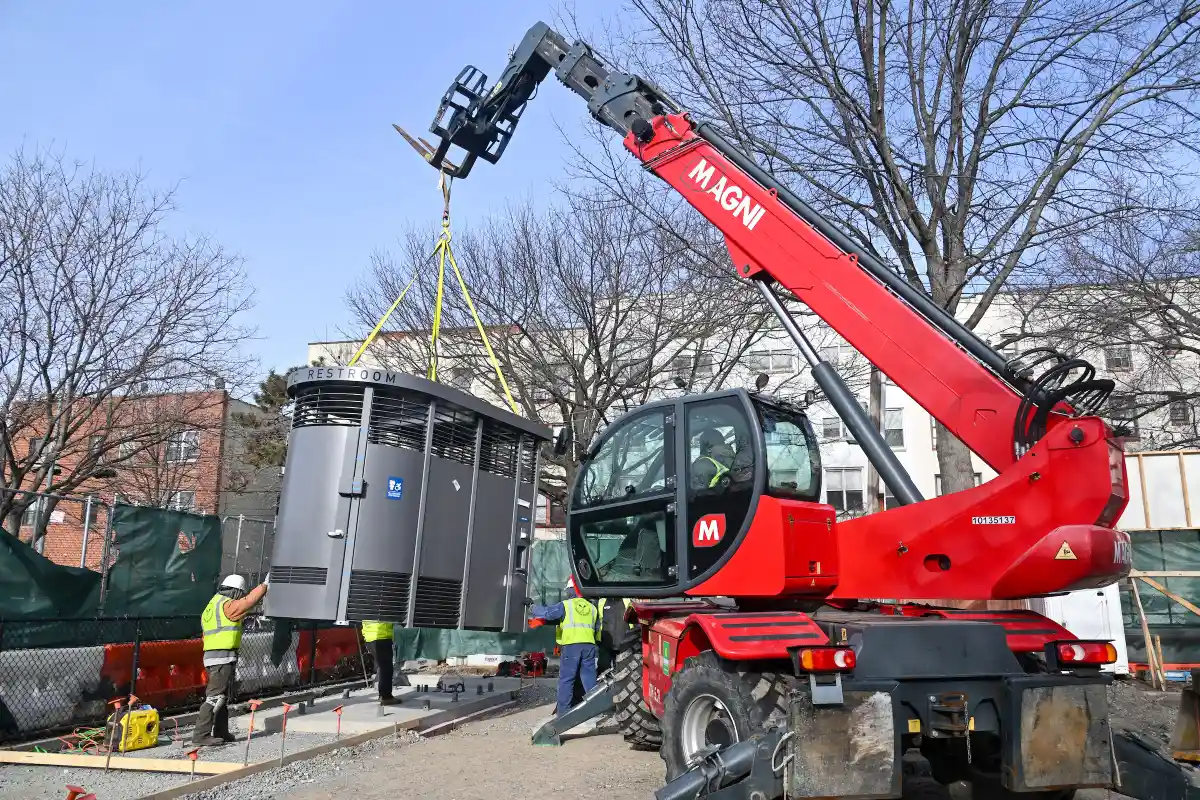
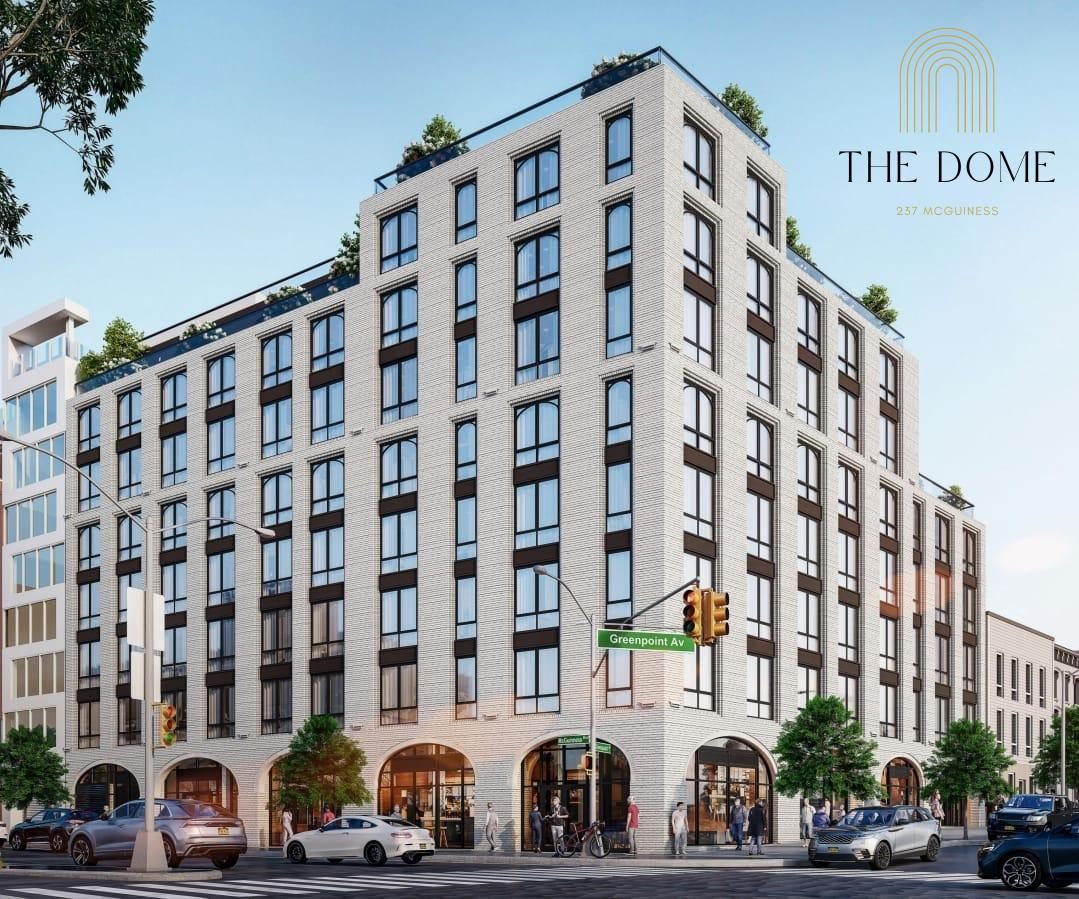
This was great.. I had no idea they have been in Brooklyn this long.